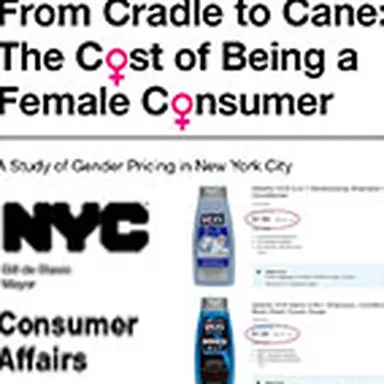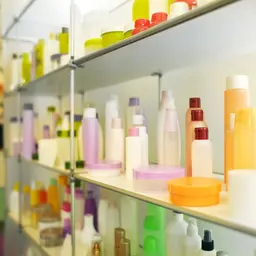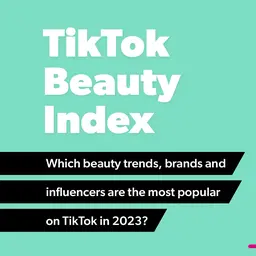
According to a study conducted in New York by the Department of Consumers Affairs (DCA), being a woman costs more than being a man when it comes to purchase consumer goods. On average, women pay 13% more than men for cosmetics with similar benefits.
The New York City Department of Consumer Affairs (DCA) is responsible for maintaining a fair and vibrant marketplace. To this end, DCA conducted a first-ever study of the gender pricing of goods in New York City across multiple industries. The industries studied for this report include: toys and accessories, children’s clothing, adult clothing, personal care products, and home health care products for seniors.
The Agency compared nearly 800 products with clear male and female versions from more than 90 brands sold at two dozen New York City retailers, both online and in stores.
On average, across all five industries, DCA found that women’s products cost 7 percent more than similar products for men. Specifically:
• 13 percent more for personal care products
• 8 percent more for adult clothing
• 8 percent more for senior/home health care products
• 7 percent more for toys and accessories
• 4 percent more for children’s clothing
In all but five of the 35 product categories analyzed, products for female consumers were priced higher than those for male consumers. Across the sample, DCA found that women’s products cost more 42 percent of the time while men’s products cost more 18 percent of the time.
Examples of differences in personal care products sector:
• Shampoo and Conditioner (Hair Care) : +48 % for women
• Lotion: +11% for women
• Body Wash: +6 % for women
• Deodorant: +3 % for women
Though there may be legitimate drivers behind some portion of the price discrepancies unearthed in this study, these higher prices are mostly unavoidable for women. Individual consumers do not have control over the textiles or ingredients used in the products marketed to them and must make purchasing choices based only on what is available in the marketplace. As such, choices made by manufacturers and retailers result in a greater financial burden for female consumers than for male consumers. Over the course of a woman’s life, the financial impact of these gender-based pricing disparities is significant.
'This study confirms what we have known to be true: retailers are charging higher prices on products that are targeted to women. In this day and age when women are still making less income on average than their male counterparts, these gender pricing disparities are unfair and unacceptable. I echo DCA’s call for retailers to re-evaluate their gender pricing practices and urge women to carefully consider buying those gender –targeted products that are unfairly marketed at a higher price,' said Council Member Rafael L. Espinal, Jr., Chair of the Consumer Affairs Committee.
In 1992, DCA already issued a report on differing costs of various services by gender, and concluded that women were frequently charged more than men for the same services in many different industries, including laundry and dry cleaning establishments and hair salons.
For further information
• See the all finding of the study
From Cradle To Cane: The Cost Of Being A Female Consumer - A Study of Gender Pricing in New York City
, DCA, December 18, 2015













